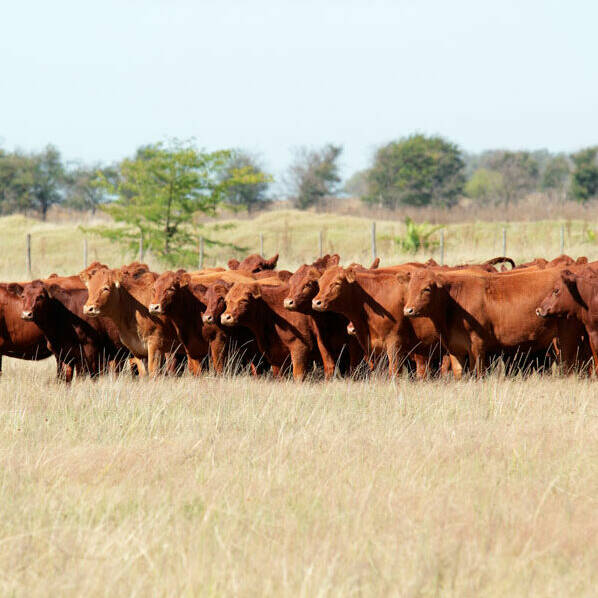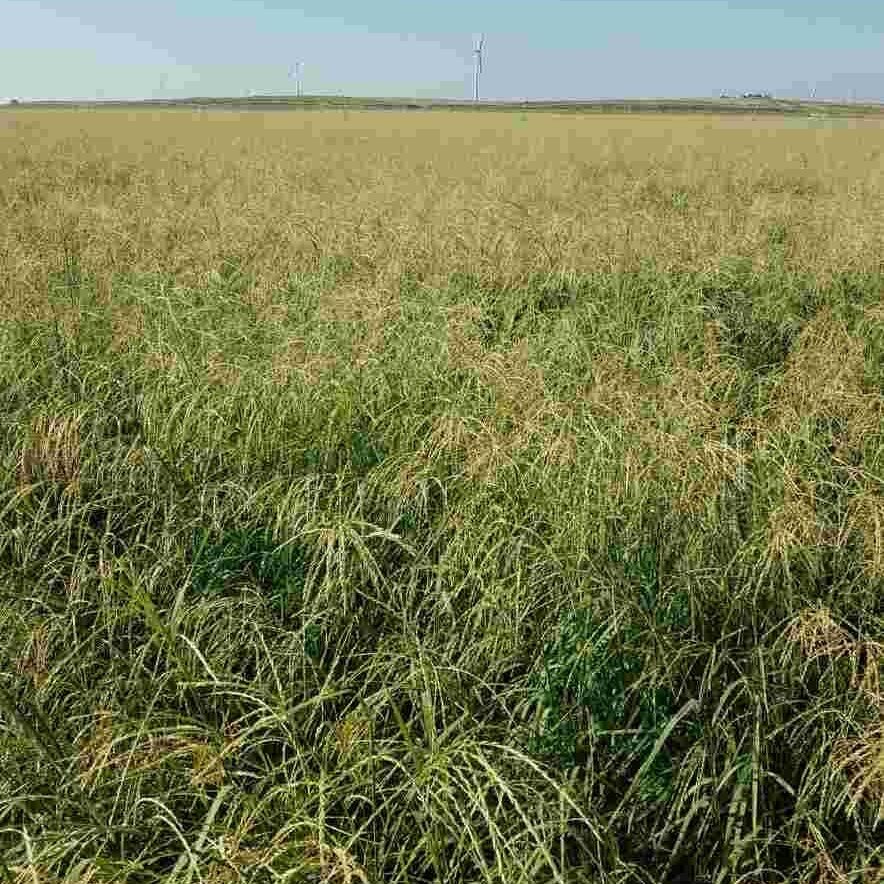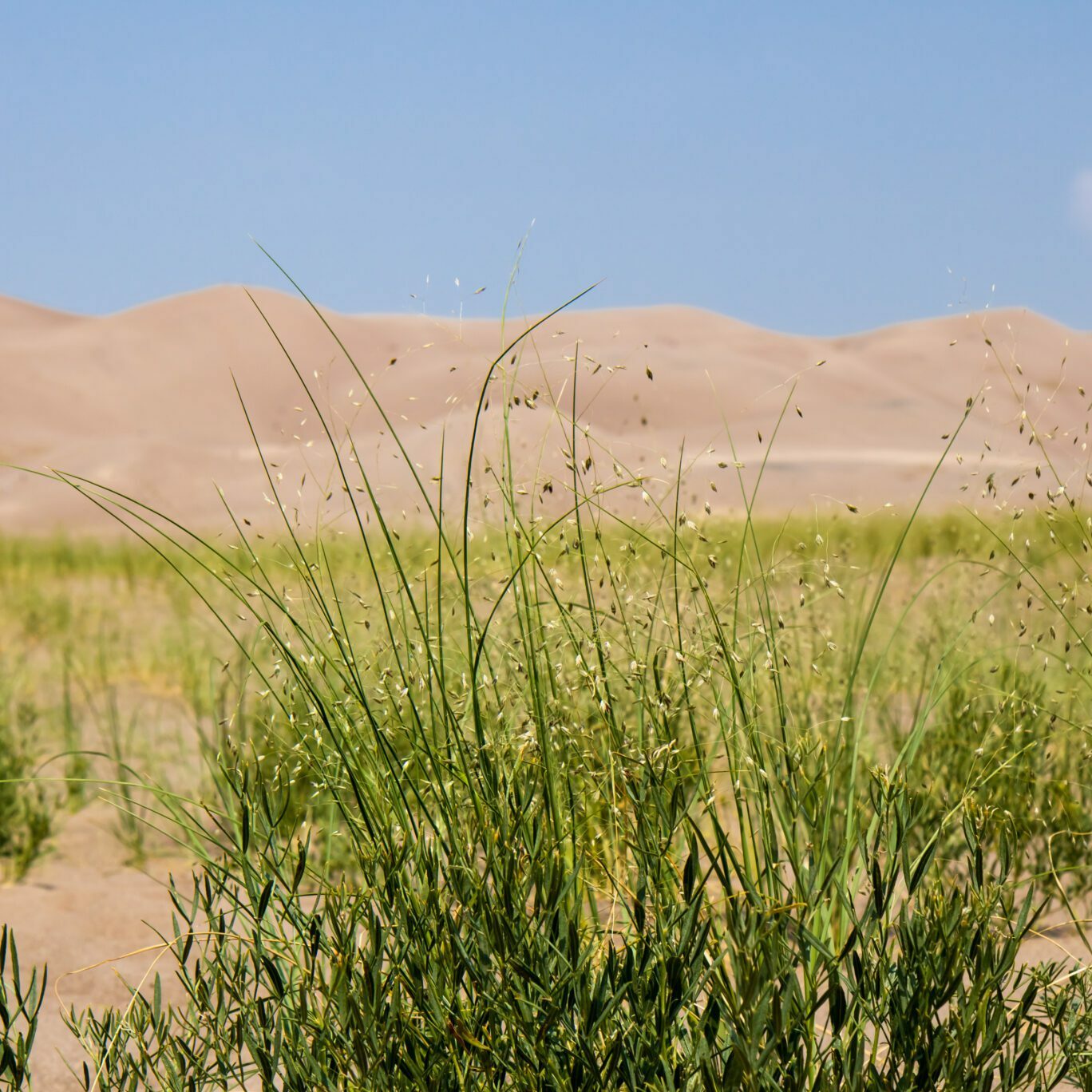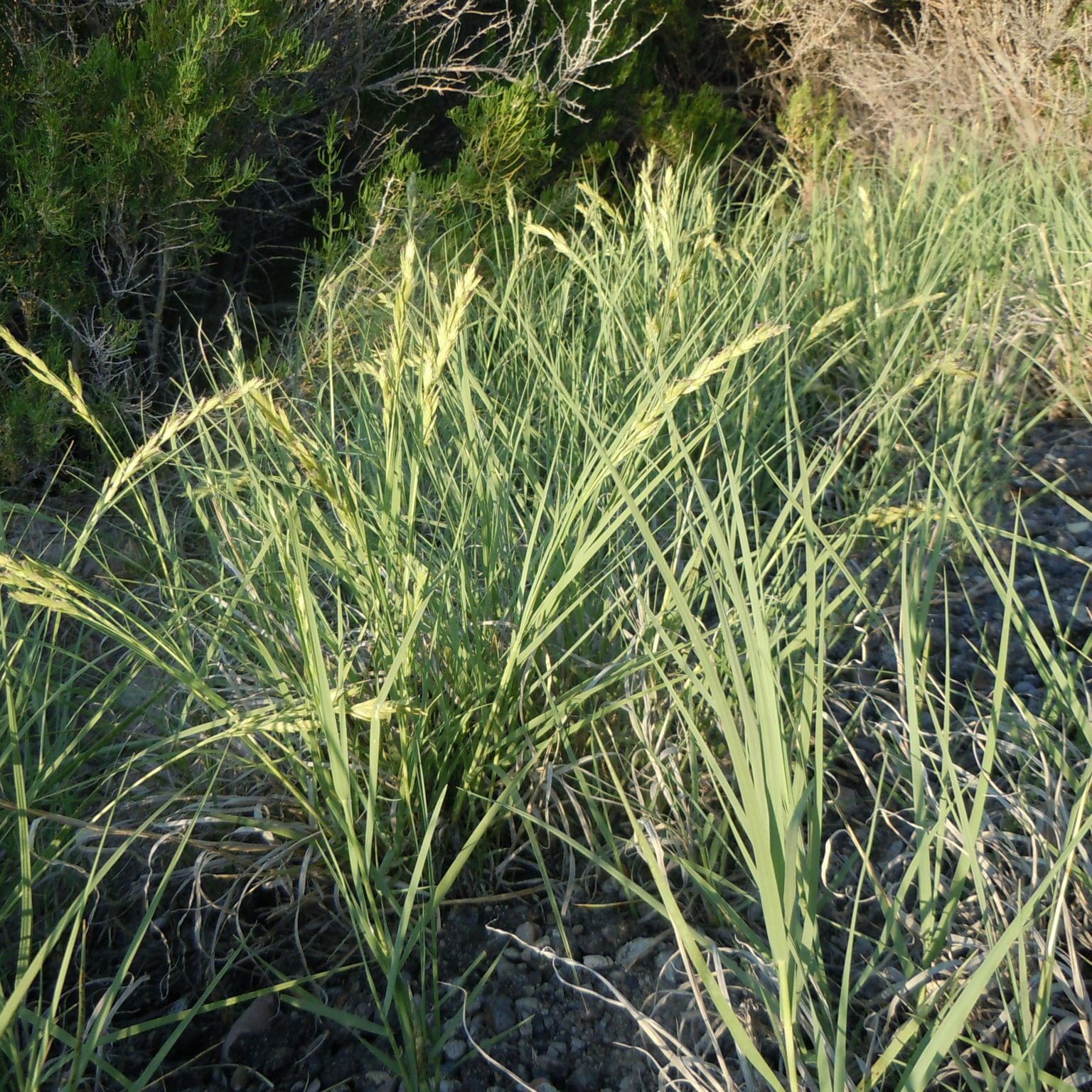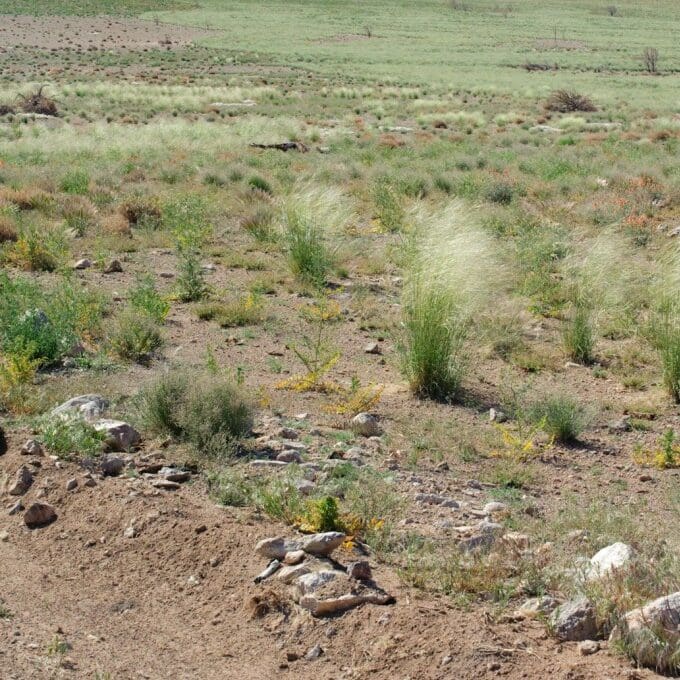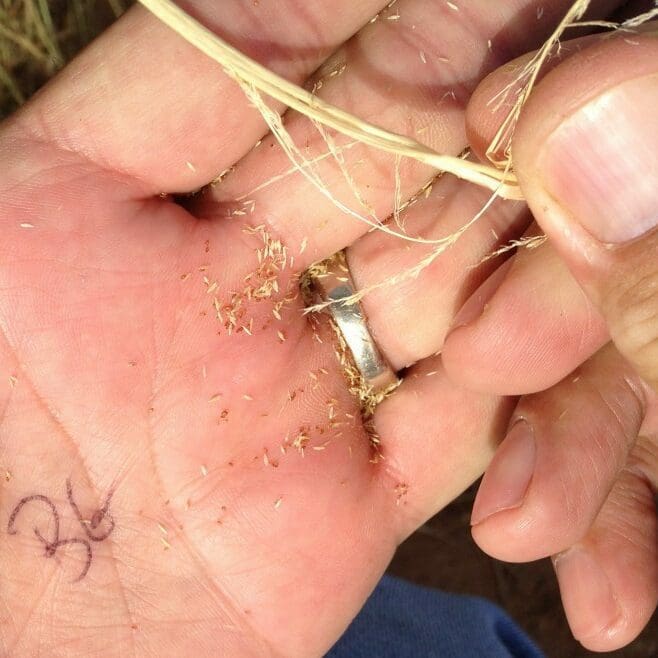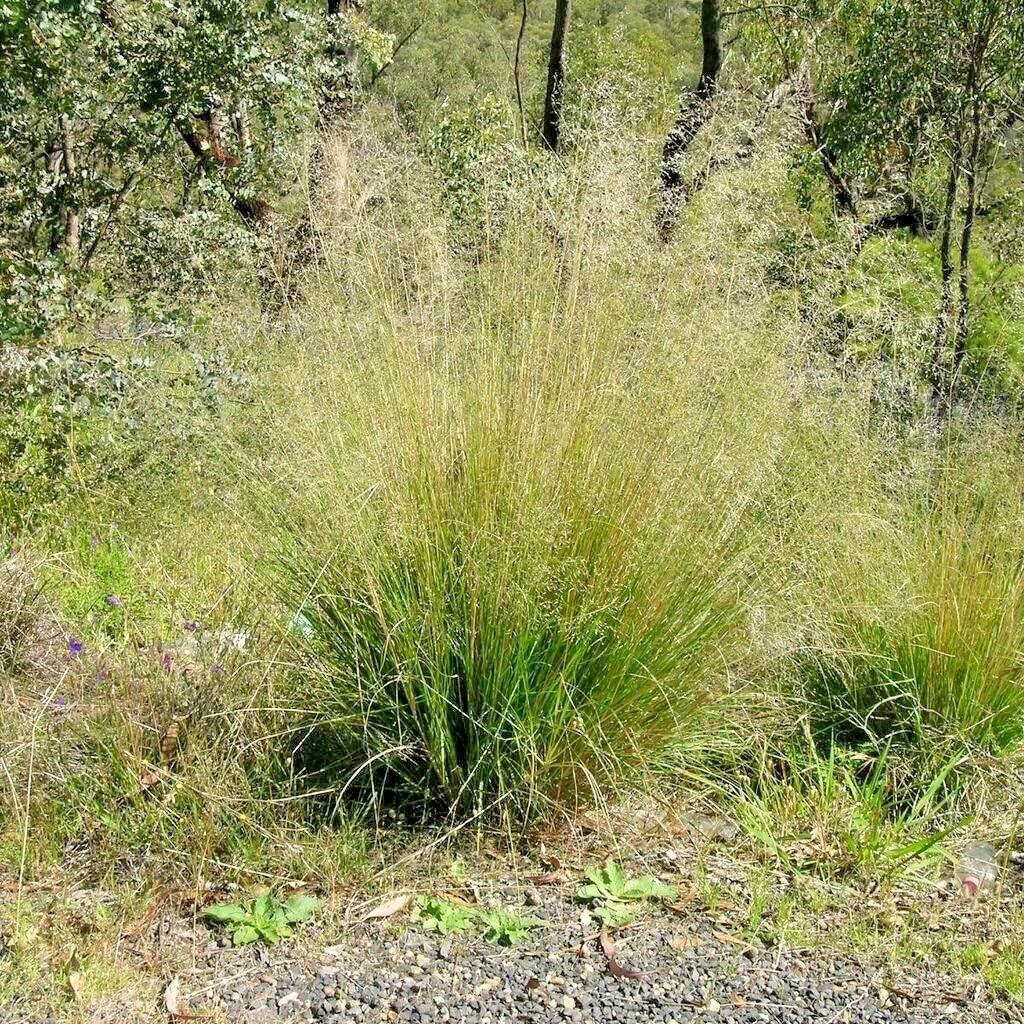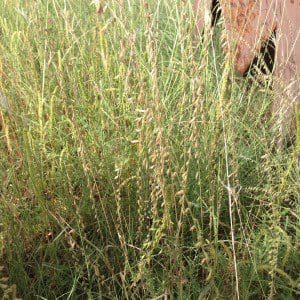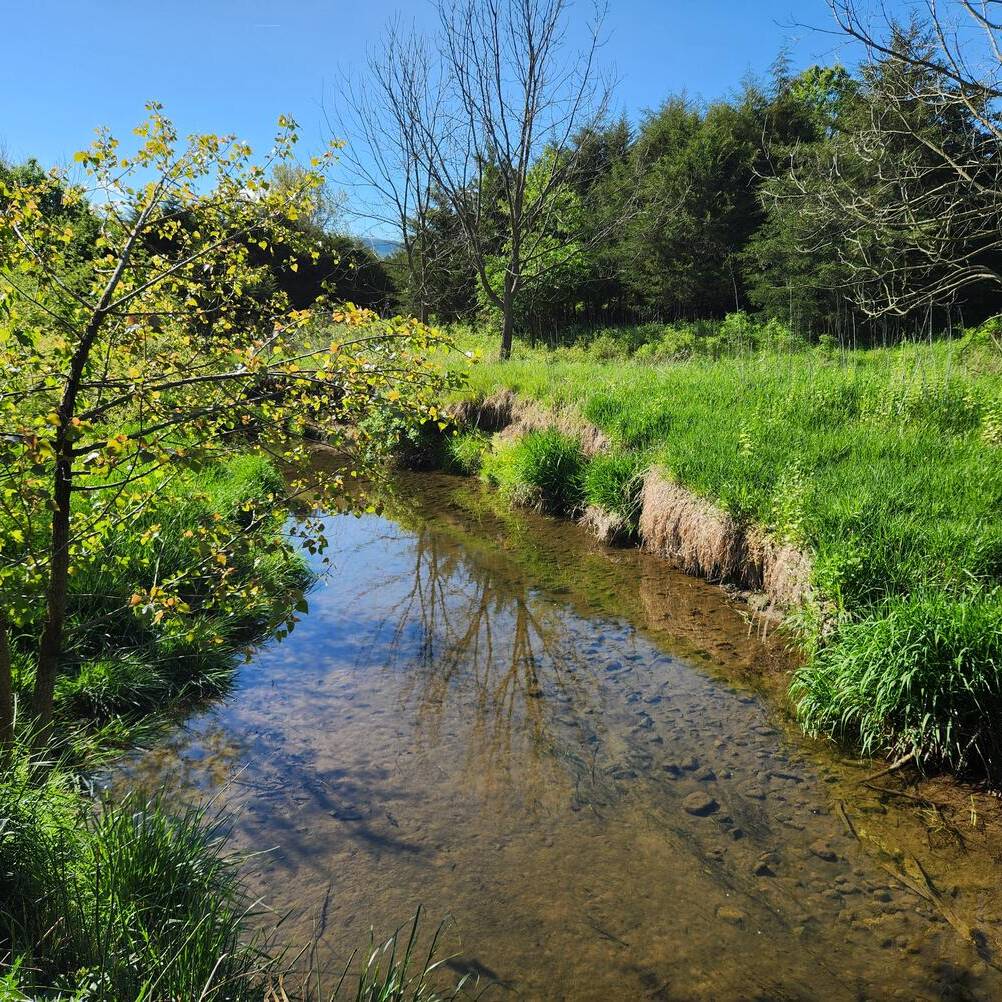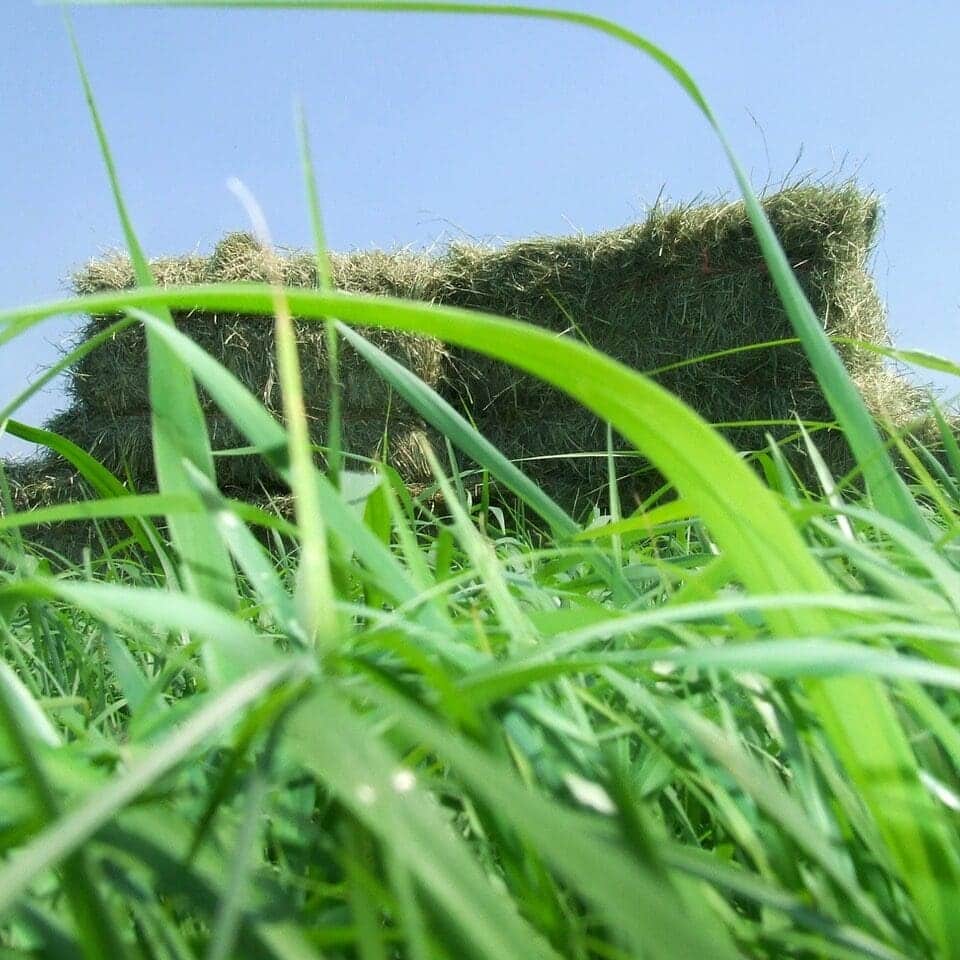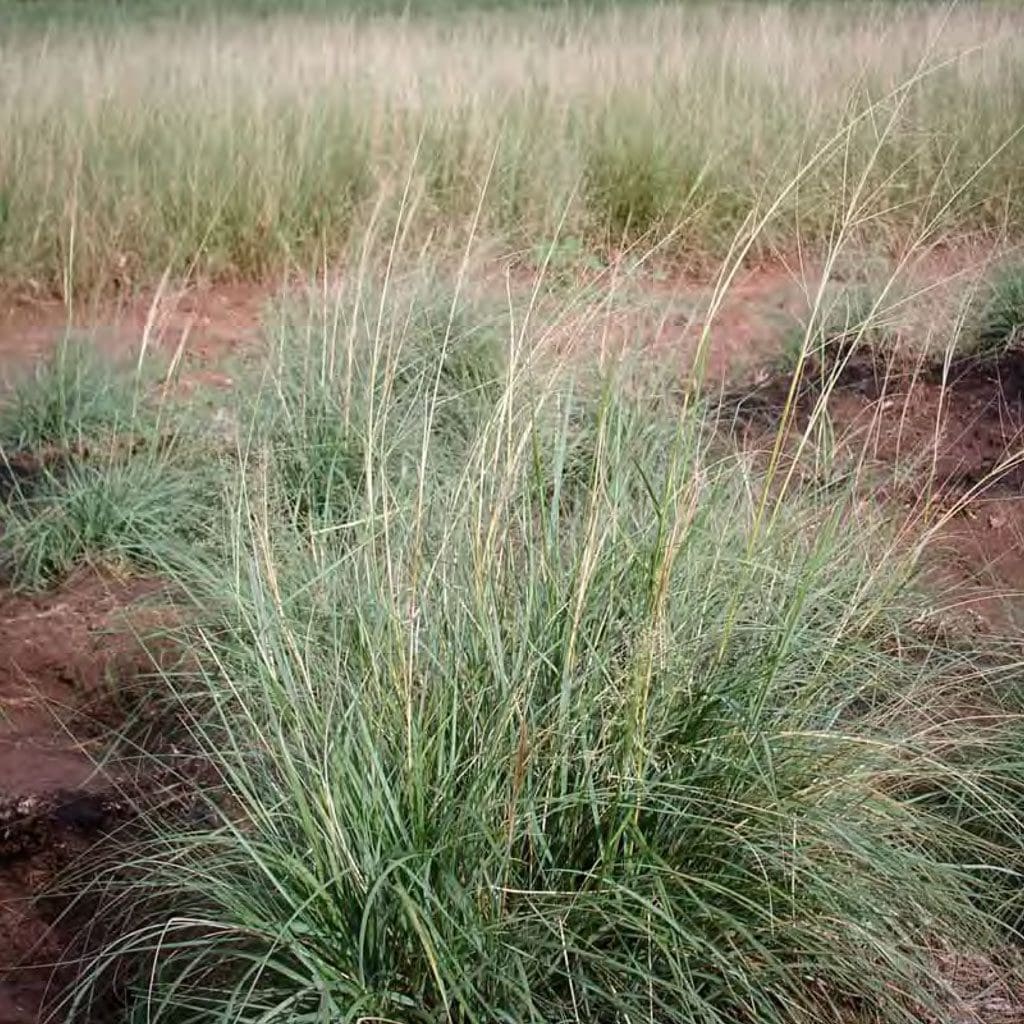NEW!
WARM SEASON GRASS MIXES
Mountain Pass Grass Mixture![]() $9.10 per pound
$9.10 per pound![]()
Suited to high elevation sites of the west For mountain meadows, passes and valleys Drought resistant, cool-season species Deep rooted and hardy Good resistance to grazing

Santa Fe Trail Mixture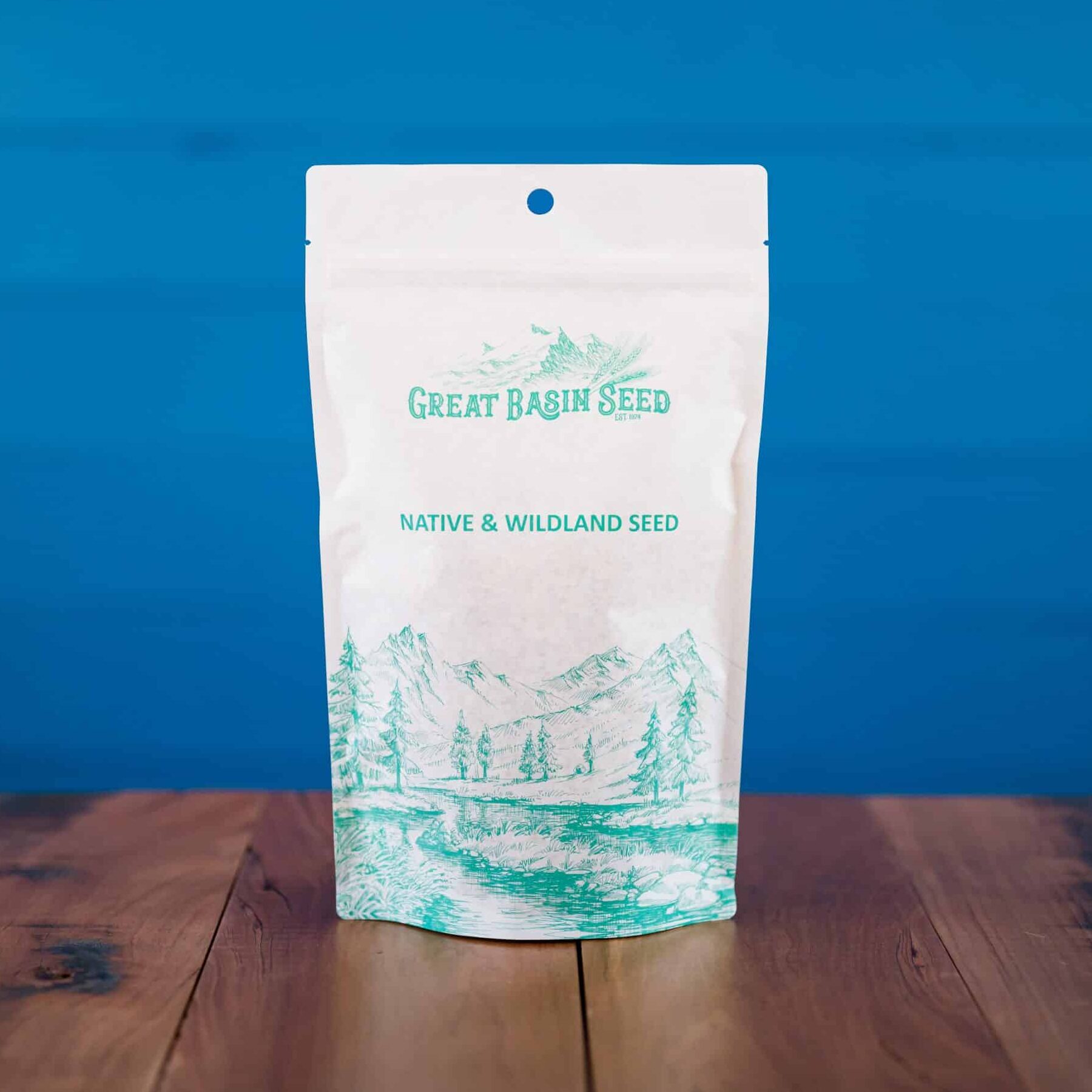 $5.45 – $21.75
$5.45 – $21.75 ![]()
Suited to a broad ecotype Native grasses from the prairies Excellent for forage and feed Drought tolerant For up to 8,000' elevation

Pioneer Pride Grass Mixture $5.45 – $21.75
$5.45 – $21.75 ![]()
Our low elevation prairie mix Intended for sites between 4,000 and 5’000′ elevation Mixture of native grasses Adapted to the prairies of America Plant from Canada to the Mexico border states……

Homesteader’s Choice Grass Mixture $5.45 – $21.75
$5.45 – $21.75 ![]()
For prairie lands of the USA from 3-6,000' Suitable from Canada to Mexican Border States Naturally occurring native grasses Excellent for wildlife and livestock
Warm Season Grasses produce well in hot and dry weather on soils with low moisture holding capacity and low pH. Warm Season Grasses occur naturally and are most frequently planted in warm dry climates in the west, southwest and midwest. They can be harvested and stored as hay. Growth of warm-season grasses usually occurs in mid-summer. Establishment and management requirements are quite different from cool-season grasses. First-time users must pay special attention to management details. When managed properly warm-season grass hay can provide good quality forage, especially for beef cattle.
Warm-season grasses grow best on deep, well-drained soils and should be seeded between mid-April and mid-May. Later seedings are slower to establish, yield less, and have more weed infestation the year after seeding. Good seed and soil contact is very important for establishment. A tilled seedbed should be free of weeds, fine-textured, and firm. Plowing, disking, harrowing, and cultipacking generally are required. Band seed ½-inch deep with a drill equipped with press wheels. If broadcast seeded or drilled without press wheels, rolling or cultipacking after seeding is necessary to assure a good firm seedbed.
Warm-season grasses can provide forage for animals throughout the summer months when cool-season grasses become less productive. They establish relatively slow but if they are properly managed a stand of warm-season grasses can last for many years. Because of the expense and difficulty in establishment, these grasses should be established as permanent sod pastures or hay fields. Warm-season grasses are not as well suited for crop rotation as the cool-season forage crops.
WARM SEASON GRASSES
Alkali Sacaton
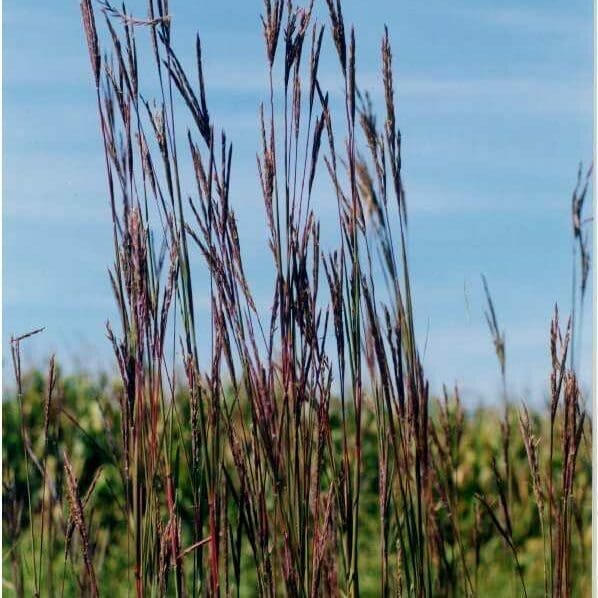
Big Bluestem
 $4.60 – $18.25
$4.60 – $18.25 
Blue Grama
 $7.25 – $29.00
$7.25 – $29.00 Eastern Gamagrass

Galleta Grass
 $17.00 – $68.00
$17.00 – $68.00 Great Plains Pasture Mix
Green Sprangletop

Homesteader’s Choice Grass Mixture
 $5.45 – $21.75
$5.45 – $21.75 Indian Ricegrass
Indiangrass
Inland Saltgrass
Little Bluestem
Mountain Pass Grass Mixture
Nezpar Indian Ricegrass
Paloma Indian Ricegrass

Pioneer Pride Grass Mixture
 $5.45 – $21.75
$5.45 – $21.75 Purple Threeawn
Rimrock Indian Ricegrass
Sand Dropseed
Sand Lovegrass

Santa Fe Trail Mixture
 $5.45 – $21.75
$5.45 – $21.75 Sideoats Grama
Streambank Seed Mix

Sundancer Buffalograss
 $15.85 – $63.25
$15.85 – $63.25 Teff Grass
Texoka Buffalograss
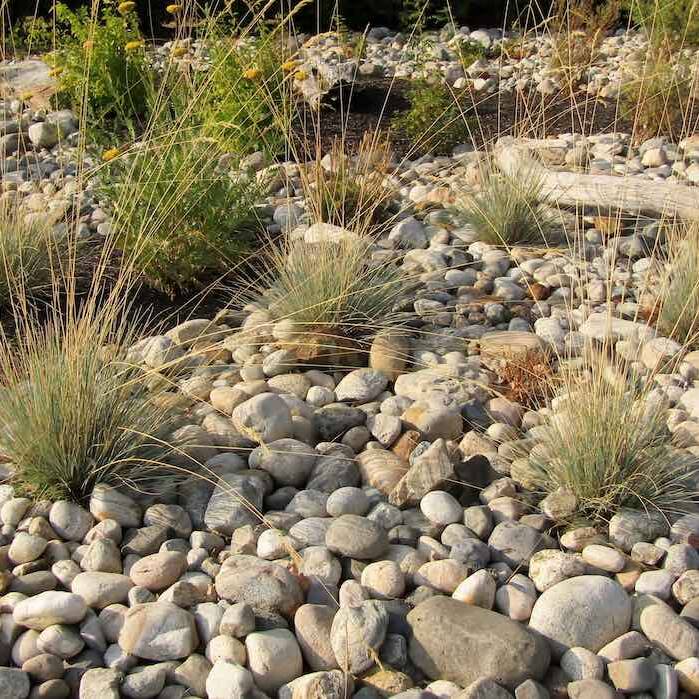
Xeriscape Grass Mix
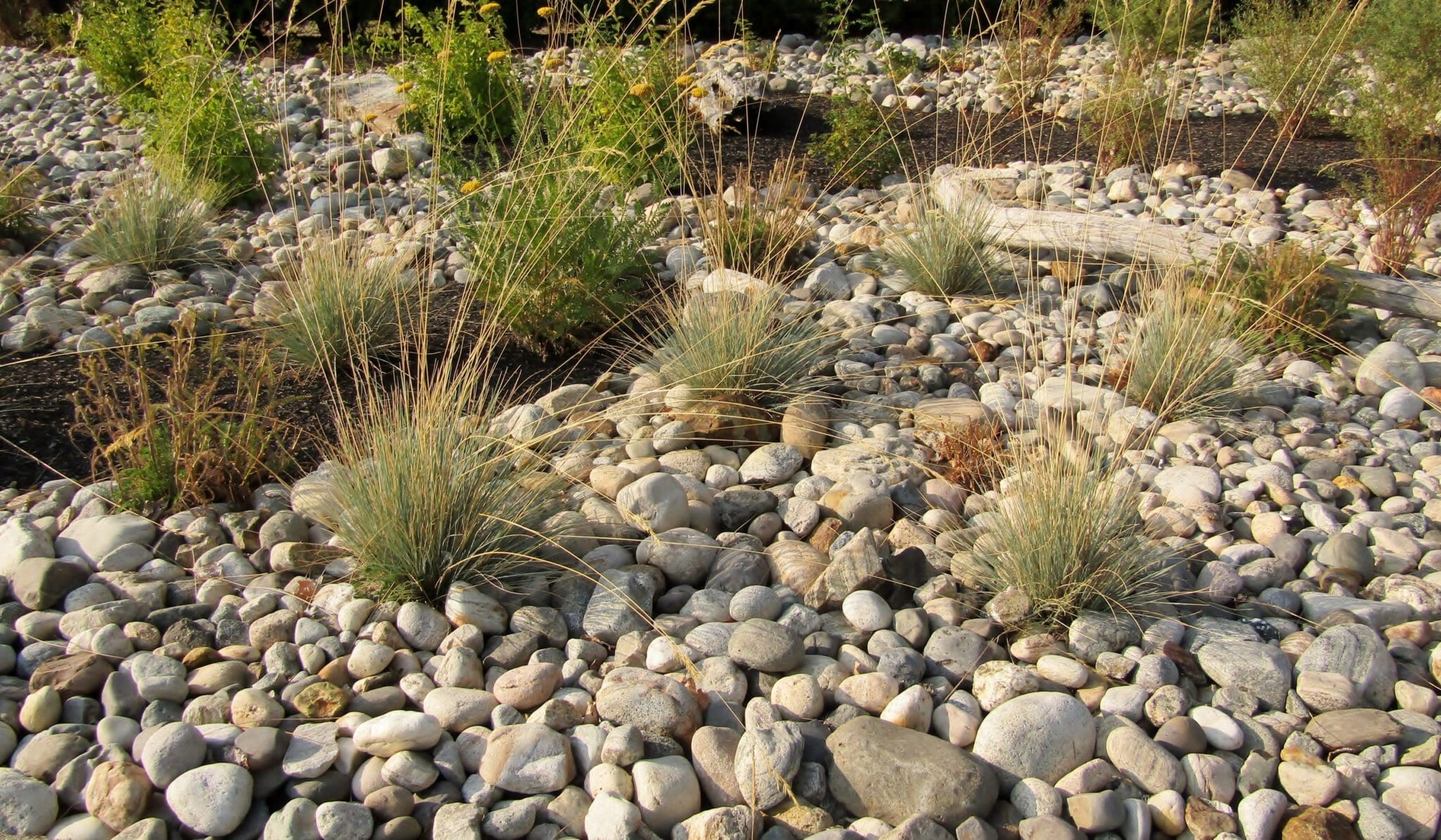 $1.30 – $10.25
$1.30 – $10.25 
Xeriscape Wildflower Mix
 $9.95 – $40.25
$9.95 – $40.25 Custom Seed Mixes:
Don’t hesitate to call if you want a custom mix. We can custom mix any combination of warm season grasses to your liking.
We are here to help. Give us a call. 435-283-1411




